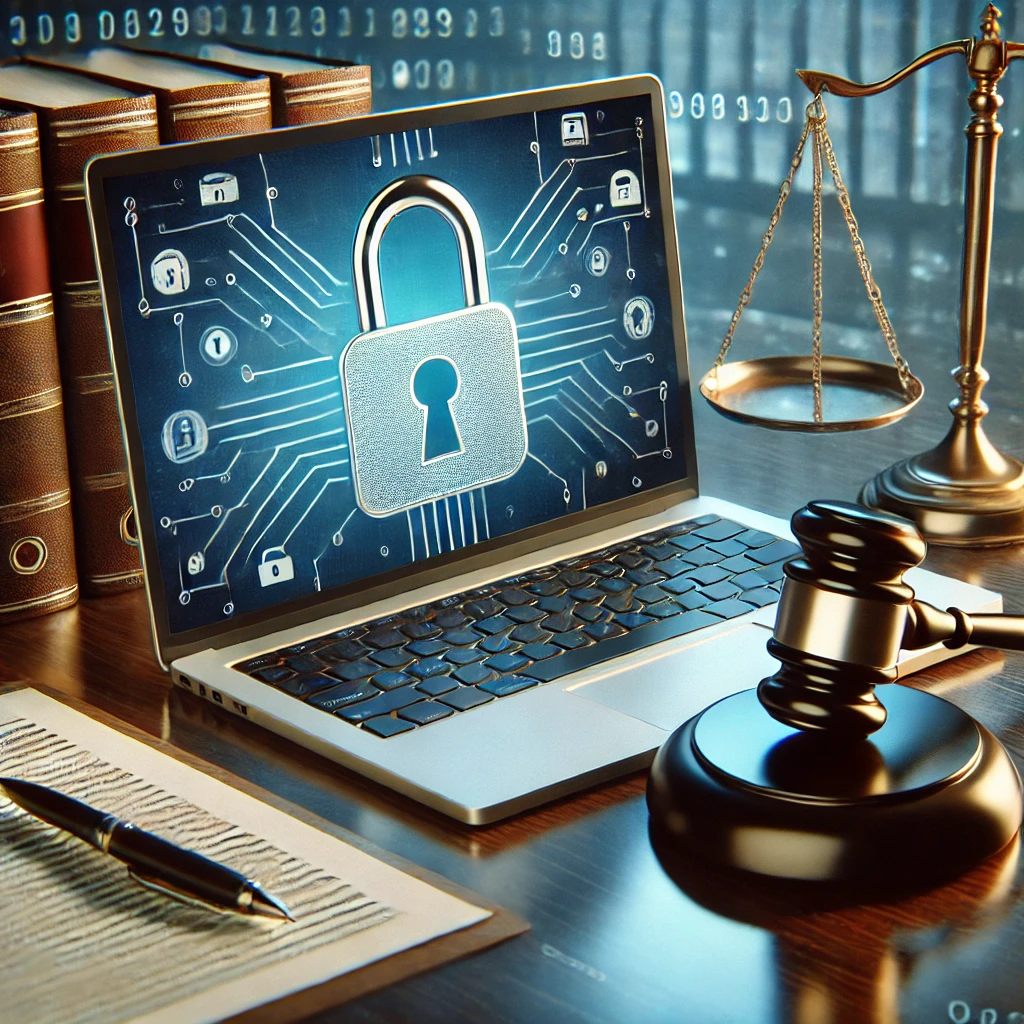
What Are Your Rights When Using User-Generated Content?
Navigating the Complex World of User-Generated Content
The rise of social media and online platforms has transformed the way we consume and share content. User-generated content (UGC) has become an invaluable asset for brands, marketers, and creators alike. However, this new age of digital interaction brings a host of legal questions and challenges. What happens when you want to use a meme, a photo from Instagram, or a piece of user feedback in your marketing materials? Understanding your rights regarding UGC is crucial to avoid legal pitfalls and to respect the rights of content creators. In this comprehensive guide, we will dive deep into the rights associated with user-generated content, explore the legal frameworks that govern its use, and provide you with actionable steps to navigate this complicated landscape.
Key Takeaways at a Glance
- Understanding Copyright
- Fair Use Considerations
- Platform Policies Matter
- Attribution is Key
- Legal Risks of Misuse
User-generated content is often protected under copyright laws, meaning permission is required to use it.
Certain uses of UGC may qualify as 'fair use,' allowing limited use without permission.
Social media platforms have their own rules regarding content use; familiarize yourself with these.
Giving credit to the original creator can help avoid legal issues.
Using UGC without permission can lead to copyright infringement claims.
A Step-by-Step Guide to Using User-Generated Content Legally
- Step 1: Identify the Content
- Step 2: Seek Permission
- Step 3: Analyze Copyright Status
- Step 4: Consider Fair Use
- Step 5: Follow Platform Policies
- Step 6: Provide Attribution
- Step 7: Document Everything
- Step 8: Consult Legal Experts
Determine the nature of the user-generated content you wish to use, including its source and creator.
Whenever possible, obtain explicit permission from the creator before using their content. This can be done through direct messages or formal requests.
Understand the copyright status of the content. Is it original, or does it draw from other works? This may affect your ability to use it.
Evaluate whether your intended use falls under fair use. Factors include purpose, nature, amount used, and effect on market.
Check the terms of service for the social media platform where the content was posted, as these may dictate how you can use it.
Whenever feasible, credit the original creator. This not only respects their work but may protect you legally.
Keep a record of permissions, correspondence, and any agreements made regarding the use of content.
If in doubt, consult with a legal expert to ensure compliance and avoid potential legal issues.
Legal Insights and Common Pitfalls
The legal landscape surrounding user-generated content is multifaceted and requires careful navigation. The primary legal issue pertains to copyright. Generally, the creator of content holds the copyright, granting them exclusive rights to use, distribute, and modify that content. As a result, using UGC without permission can lead to copyright infringement claims. A notable example is the 'Bridgeman Art Library v. Corel Corp.' case, where the court ruled in favor of the original creator, emphasizing the importance of respecting copyright laws. Another important legal concept is 'fair use,' which allows limited use of copyrighted material without permission under specific circumstances, such as for commentary, criticism, or educational purposes. However, fair use is not a blanket exemption and must be carefully considered. The four factors of fair use include the purpose of use, the nature of the copyrighted work, the amount used, and the effect on the market value. Missteps in this area can lead to costly litigation and reputational damage. Additionally, many social media platforms have their own policies governing the use of shared content, which may differ from general copyright laws. For example, Instagram's terms allow users to share content with proper attribution but restrict commercial use without consent. Ignoring these nuances can result in further legal complications. In conclusion, while UGC can be a powerful tool for engagement and marketing, understanding the underlying legal principles is essential to protect yourself and your brand.
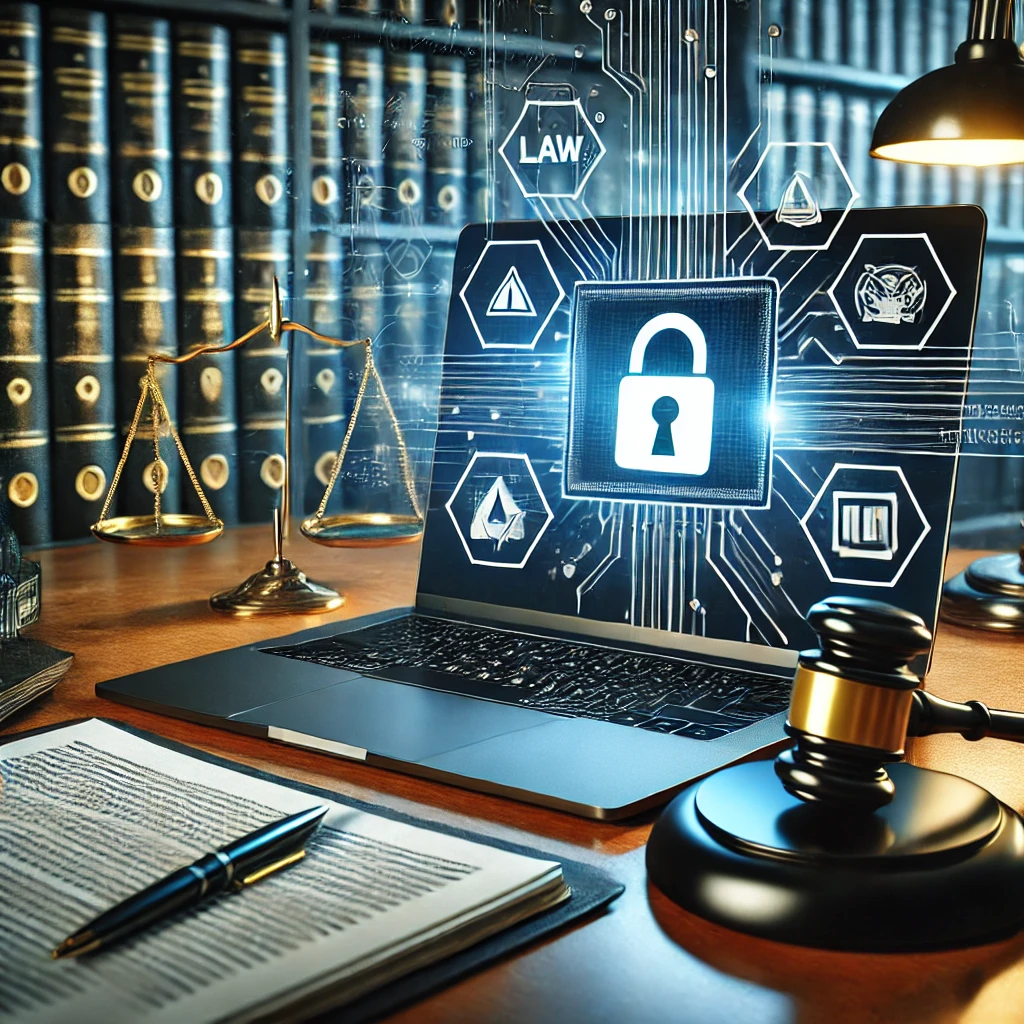
Real-Life Examples of User-Generated Content Use
- Starbucks' 'White Cup Contest'
- Getty Images and User-Generated Content
In 2014, Starbucks launched a 'White Cup Contest' encouraging customers to doodle on their iconic cups and share the photos on social media using the hashtag #WhiteCupContest. The campaign was a roaring success and resulted in thousands of submissions. Starbucks utilized these user-generated images in their marketing, creating a promotional campaign around the best designs. Crucially, Starbucks obtained permission from users to feature their designs, emphasizing the importance of clear communication and acknowledgment of intellectual property rights. This campaign not only increased brand engagement but also showcased the creativity of their customers.
Getty Images, a leading stock photo agency, faced a dilemma when many of its images were shared without proper licensing on social media platforms. To combat this, Getty launched a user-generated content initiative, allowing users to upload their images for potential licensing. By doing so, they created a marketplace for content creators while also ensuring that rights were respected. This move exemplifies how companies can work collaboratively with users to create and share content while navigating the legal landscape effectively and ethically.
FAQs
- What is user-generated content?
- Do I need permission to use UGC?
- What are the legal risks of using UGC?
- What is fair use, and how does it apply to UGC?
- How can I give credit when using UGC?
User-generated content (UGC) refers to any material—such as text, images, videos, and reviews—created and shared by users, typically on social media or other online platforms. This content is often informal and reflects the opinions, experiences, or creativity of users, serving as a valuable resource for brands and marketers.
Yes, in most cases, you should obtain permission from the original creator of the content before using it, especially for commercial purposes. While some uses might fall under fair use, it is always safer to secure explicit permission to avoid potential legal issues.
The primary legal risk of using user-generated content without permission is copyright infringement. If the original creator has not consented to your use, they may pursue legal action, which can lead to costly lawsuits and damage to your brand's reputation. Additionally, misusing UGC can violate the terms of service of social media platforms.
Fair use is a legal doctrine that permits limited use of copyrighted material without permission under specific conditions. In the context of UGC, whether a use qualifies as fair use depends on several factors, including the purpose of the use, the nature of the copyrighted work, the amount of content used, and the effect of the use on the market value of the original work.
Giving credit involves acknowledging the original creator of the content. This can be done by tagging them in a social media post, mentioning their name in any content that features their work, or using watermarks if applicable. Proper attribution not only respects the creator's rights but can also enhance your brand's credibility.
Additional Resources for Understanding Your Rights
For more information on user-generated content and copyright laws, consider checking resources such as the U.S. Copyright Office, Creative Commons, and legal guides provided by organizations like the Electronic Frontier Foundation. Additionally, consulting with a legal expert specializing in intellectual property can provide tailored advice based on your specific situation.
Key Takeaways and Next Steps
Understanding your rights when using user-generated content is crucial for navigating today's digital landscape responsibly. By respecting copyright laws, seeking permission, and giving appropriate attribution, you can leverage UGC effectively while avoiding legal pitfalls. This not only enhances your brand's reputation but also fosters a respectful relationship with content creators. Remember, it's always wise to stay informed and consult legal experts when in doubt. Embracing these principles will empower you to use user-generated content thoughtfully and ethically.
Let's Talk About Your Content Needs
If you have questions or need guidance on navigating the complexities of user-generated content, don't hesitate to reach out to Lex Harper. Visit our website or contact us today to ensure you are making informed decisions that protect your rights and your brand.

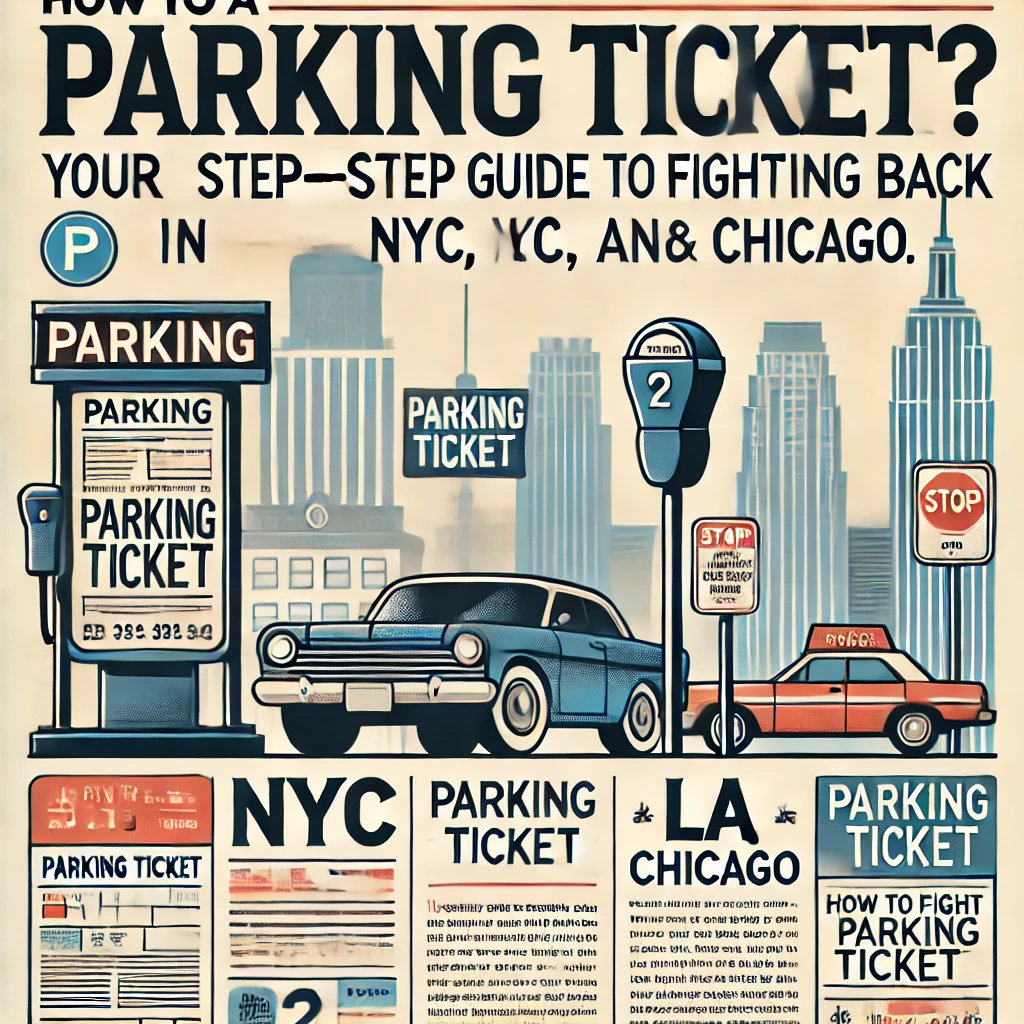
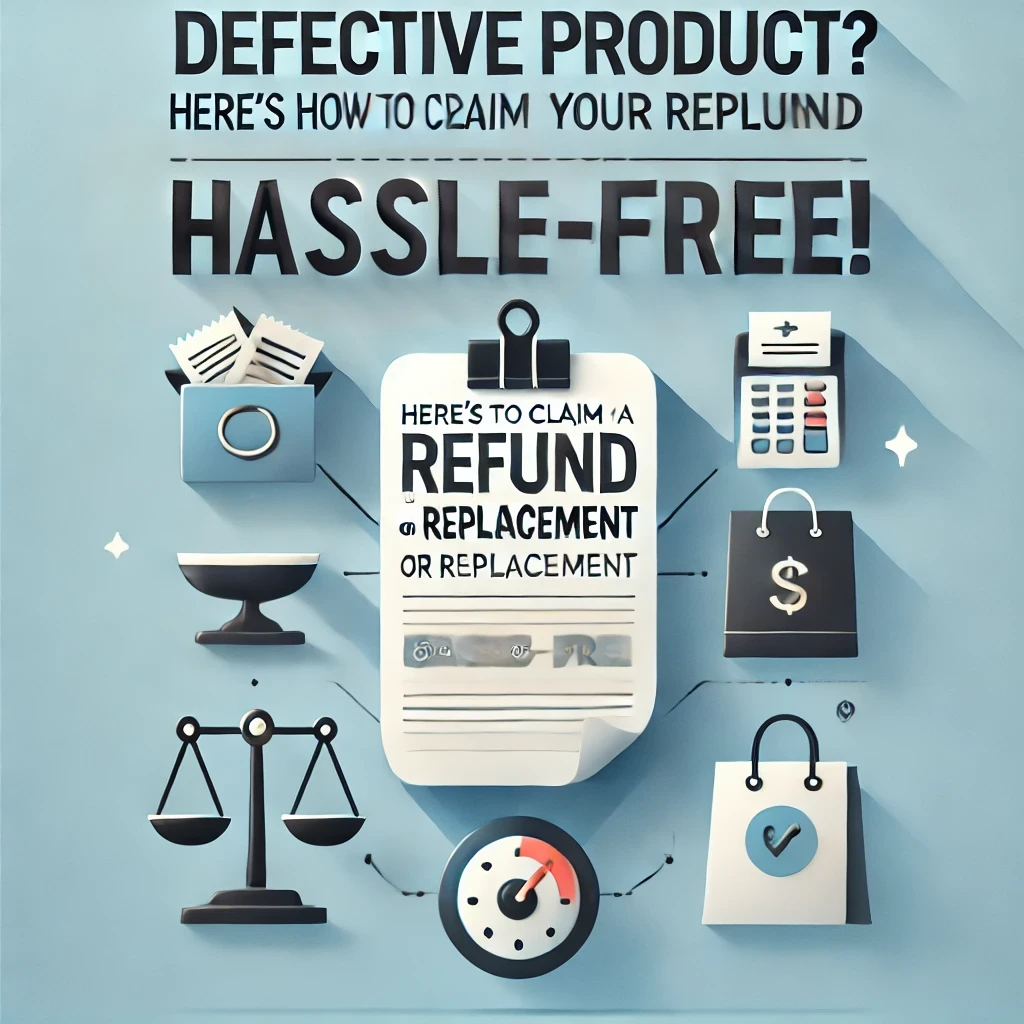
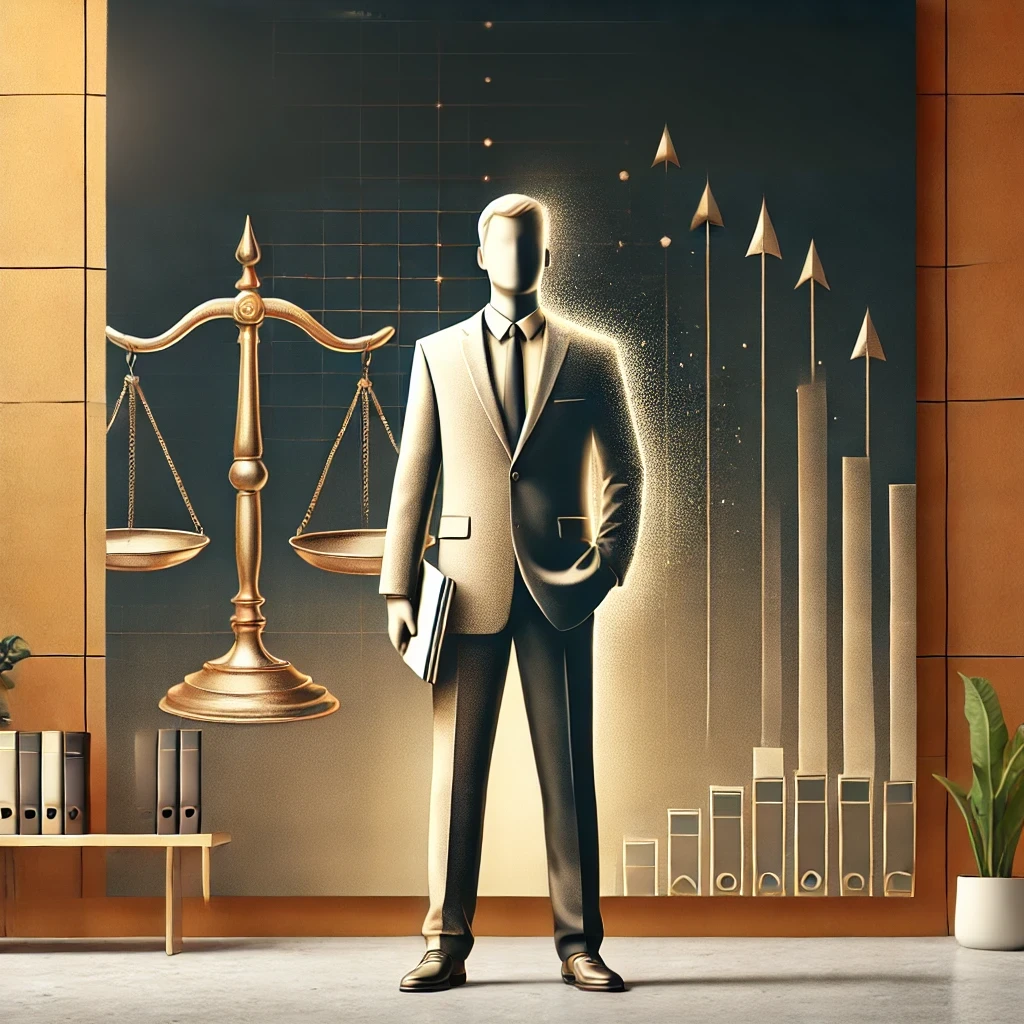
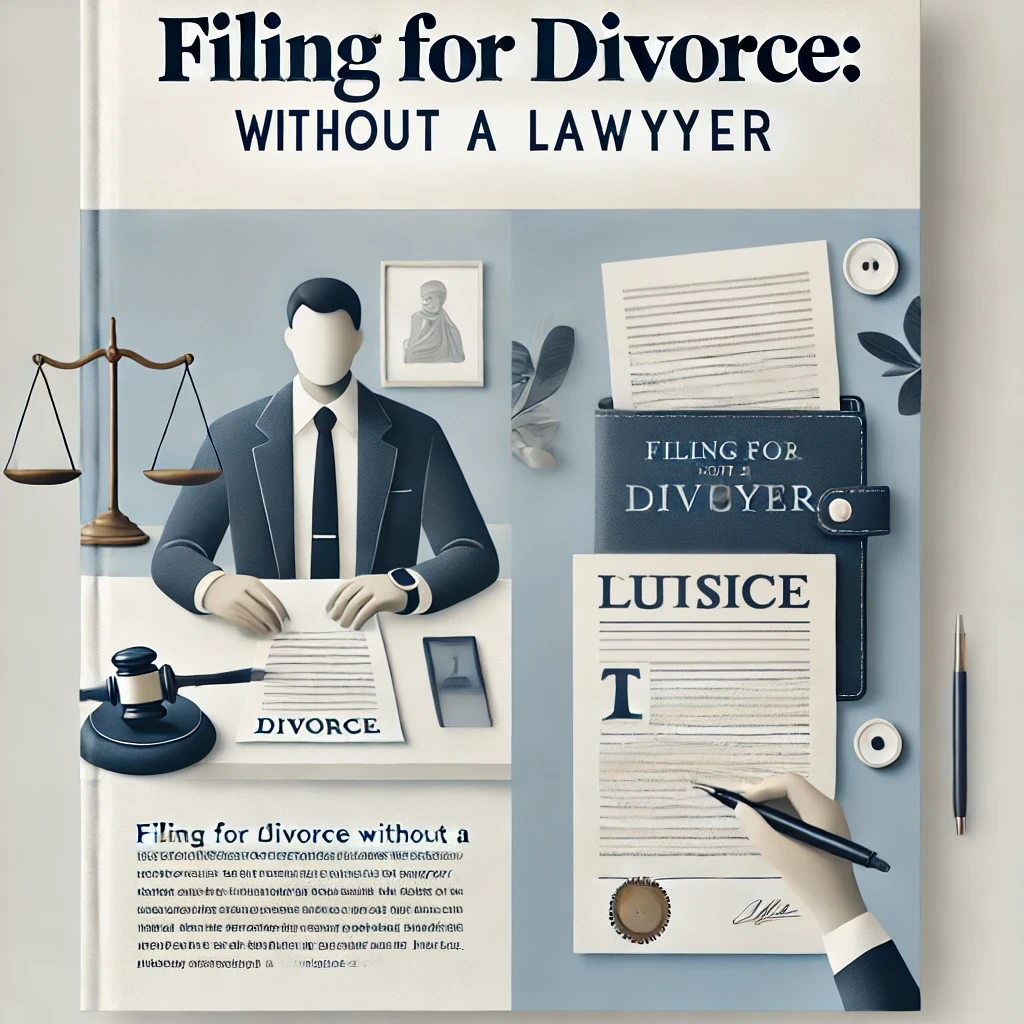
Comments